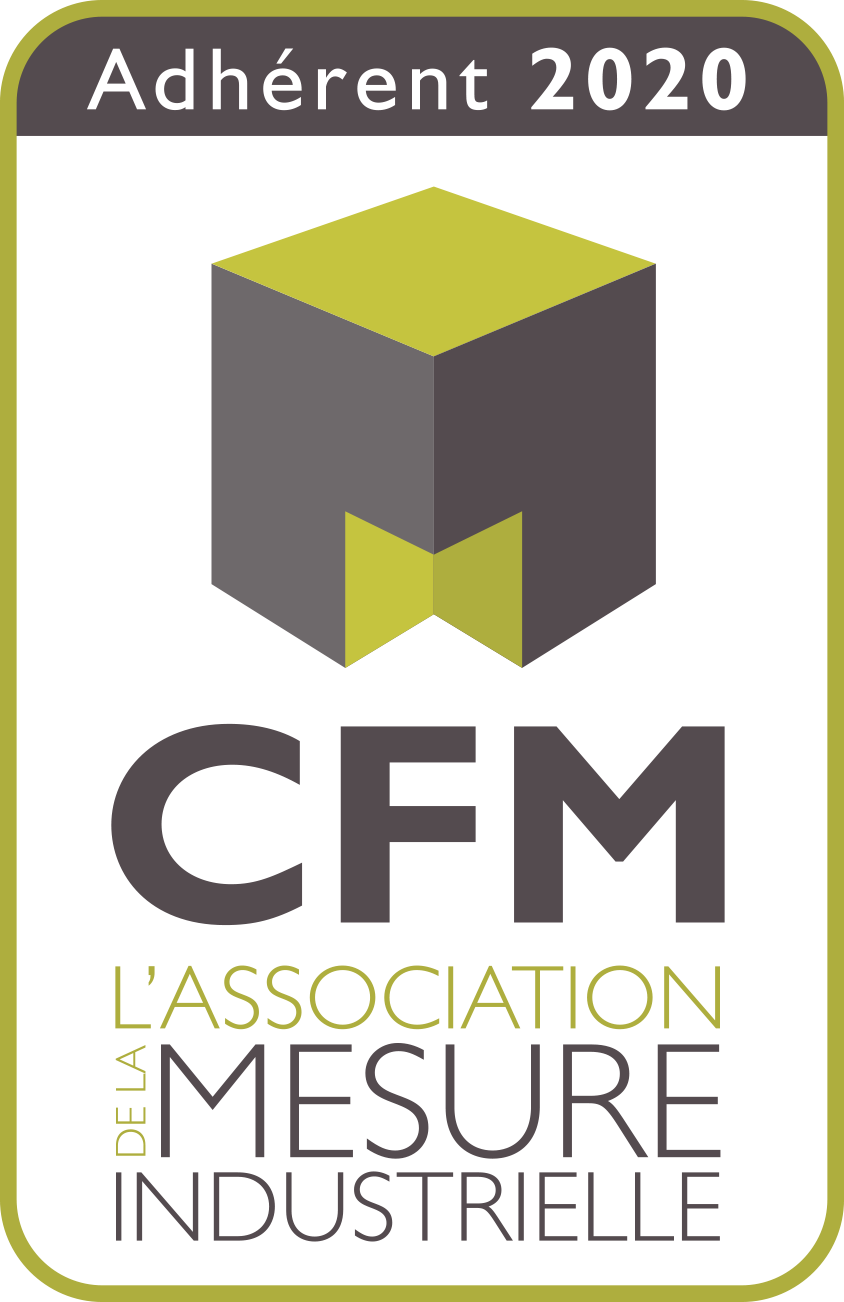It’s true and the new electronic module provided by Cedarnet matches this issue.
This device, the SIPSI module, enables bench monitoring and can be connected to the following SIP models: MUL300R, 302M, 305M, 550M, 750M, 1002M. Looking at the situation Cedarnet has faced and taking into account the variety of upgrading campaign managed by SIP several years ago, we know which solution is convenient to each peculiar bench.
Nevertheless in a few situations where there is not any solution, no waste of time we can quickly confirm it.
Yes indeed, we know how to replace LEDs and changing transistors. When needed, this intervention is recommended after the bench diagnosis. The cost is not high.
SIP rulers are very reliable. When they show imperfections (e.g. : oxidation), the dynamic correction algorithm included in the SIPSI firmware, detects and auto-adjusts to minimise any interpolation errors.
When needed, mechanical interventions demand skilled engineers and accessibility to spare parts. Cedarnet and its network of experts can usually provide the resources to achieving the goal of a 100% restoration of the SIP linear bench.
Yes, however all of them cannot receive the new electronic module and benefit from SIPSI advantages. A detailed qualification including collection of photos and of the serial number is mandatory.
At first, since the electronic unit is totally new, metrologists will work without any stress about a failure which could interrupt their job.
The class of uncertainty of the linear measurement bench is much better (e.g. an SIP 302M will swap from 0.7-0.8 µm to 0.3-0.4µm).
The bench is totally stable, accuracy is outstanding and all the measures have a consistent repeatability. This performance and quality are valid and the interpolation errors disappear throughout the measuring cycle.
SIPSI Software IHM is clear and affordable. Its installation is plug ‘n’ play. It offers several communication interfaces and enable to automatically retrieve the measurements, thereby avoiding re-entering the values and the risk of errors. It also enhances productivity.
Clients who share their testimonials about the SIPSI retrofit consider that they save 20% to 50% of their time when carrying out calibrations.
The retrofitting installation is speedy. The bench downtime will be between half a day and one day. If the diagnosis of the state of the bench reveals other malfunctions, an in-depth report will enable an estimate in terms of costs and time required to carry out the repairs in addition to the retrofitting of the electronic part.
When the retrofit is scheduled as a preventive step while the bench is still operating satisfactorily, at the end of the installation it can be put back in its original state. As such, the conditions for verifications and certifications are still applicable. The SIPSI device and the bench are pre-configured and the SIPSI device could be immediately activated in the event of a breakdown of the previous device or before the intervention of the certification laboratory.
Metrology relies on setting up processes and operating procedures that need to be followed to the letter. This is the case before... and after a retrofit.
During a retrofit, our agent will go through the possible ways of simplifying the processes with the automation of settings, the improvement of bench accuracy and reducing uncertainty errors related to the hazards that can impact on the measurements.
Once a retrofit is carried out, the best practices and the procedures are more easily passed on to new metrology engineers or technicians.
Yes, that’s often the case because most of the time, modern benches are built with several materials; we have seen, for example, combinations of the following materials: Steel + Tempered Glass or Steel + Granite + Glass.
The expansion coefficients of these materials are different; this leads to some instability and creates bench downtime. For example, benches made from such heterogeneous materials require 5 to 6 hours of stabilisation for the measures to be repeatable.
Testimonial of a metrologist in a plant (variable temperature in measurement premises):
“I have a measuring bench from a brand other than SIP; I set my calibration and leave the room, I get myself a coffee, I go on a break. When I come back, the machine has slipped by 1µm... I’ve got to go through it all over again! "
Testimonial of two laboratory metrologists:
“Due to the faultless stability and repeatability of the SIP 302M bench that I am using, I notice that whereas I would usually need 10 minutes to carry out a verification on a smooth buffer with a modern bench from a brand that I won’t mention here, I only need 5 minutes at most with the SIP bench. Our work is highly competitive, that time is precious”.
“I have been using an SIP bench for many years now and I’m a perfectionist. My SIP 302M bench had an uncertainty margin of 0.6 to 0.8 µm; after a retrofit was carried out early 2018, with calibration from LNE, the uncertainty margin went down to 0.3 to 0.4 µm and I am confident that we could have reached 0.1 µm”.
Yes, it’s another solution but this type of retrofit is more expensive: it will cost at least € 20,000 because we need to add the interferometer, optics and laser head.
Furthermore, it doesn’t seem to be adapted to work in a plant where it is very difficult to create a laboratory environment where the temperature is easy to control. Temperature differences are common, interferometers can slightly shift and air conditioning generate air convection currents that affect the laser’s wavelengths.
From our experience, we estimate a maximum installation rate of 20% where - after a retrofit of SIP benches - the levels of uncertainty, accuracy and repeatability are comparable to those of the original SIP bench or the bench renewed with an SIPSI device.
This is our experience of the quality analysis of the retrofit by interferometer of a SIP MUL1002 bench:
“There’s generally 4 or 5 of us working in the laboratory. As a result, the temperature varies, triggering the air conditioning that adjusts the temperature in the room. When we turn the bench on, we notice that there’s a discrepancy of 0.3µm.
In order to correct such variations, we use temperature probes (a total of 3) which inform the interferometer so as to make the necessary measurement adjustments. This adds more devices and cables. The working environment becomes quite tricky. "
"Furthermore, for certification purposes, it is not easy to highlight the level of uncertainty of the bench during the calibration process, especially when the interferometer has an even larger uncertainty margin".
As it is sometimes necessary to find some solutions in the middle of a financial year or between two calibrations, in order to reduce any risks of bench down time during a period when they would be used the most (high seasonality in laboratories and industry service providers), Cedarnet has worked with a funding body to be able to offer a long-term rental solution that transforms the investment into a smooth monthly charge over 36 months.





